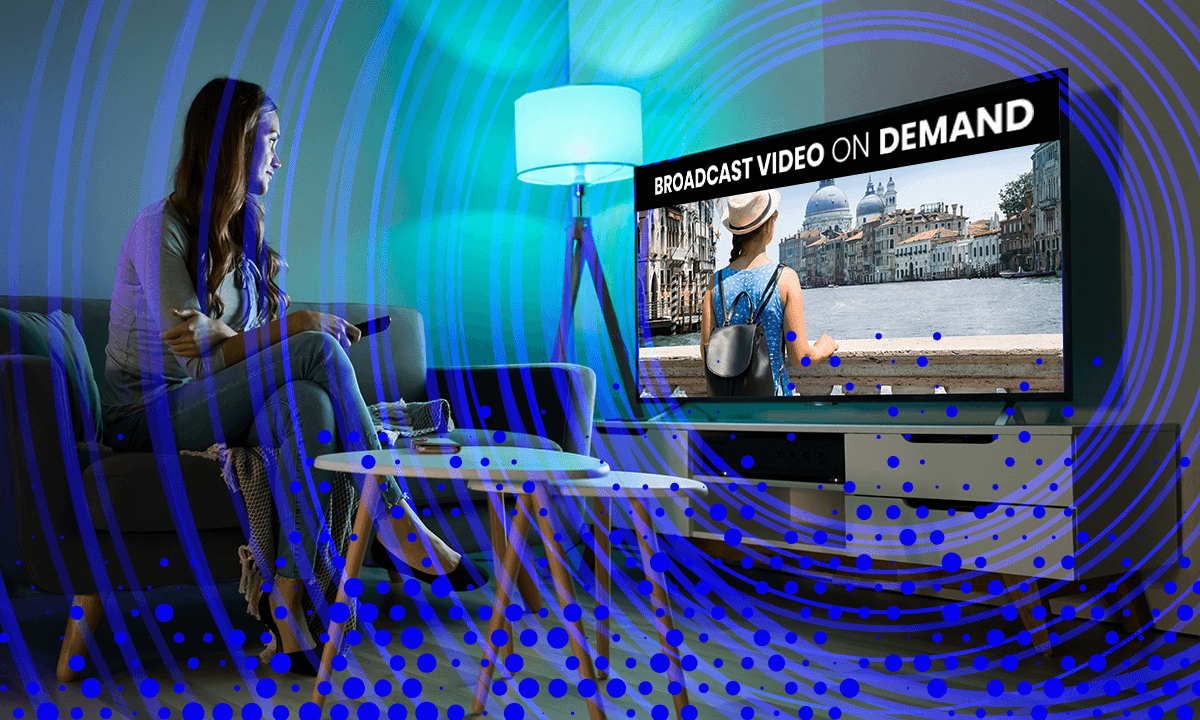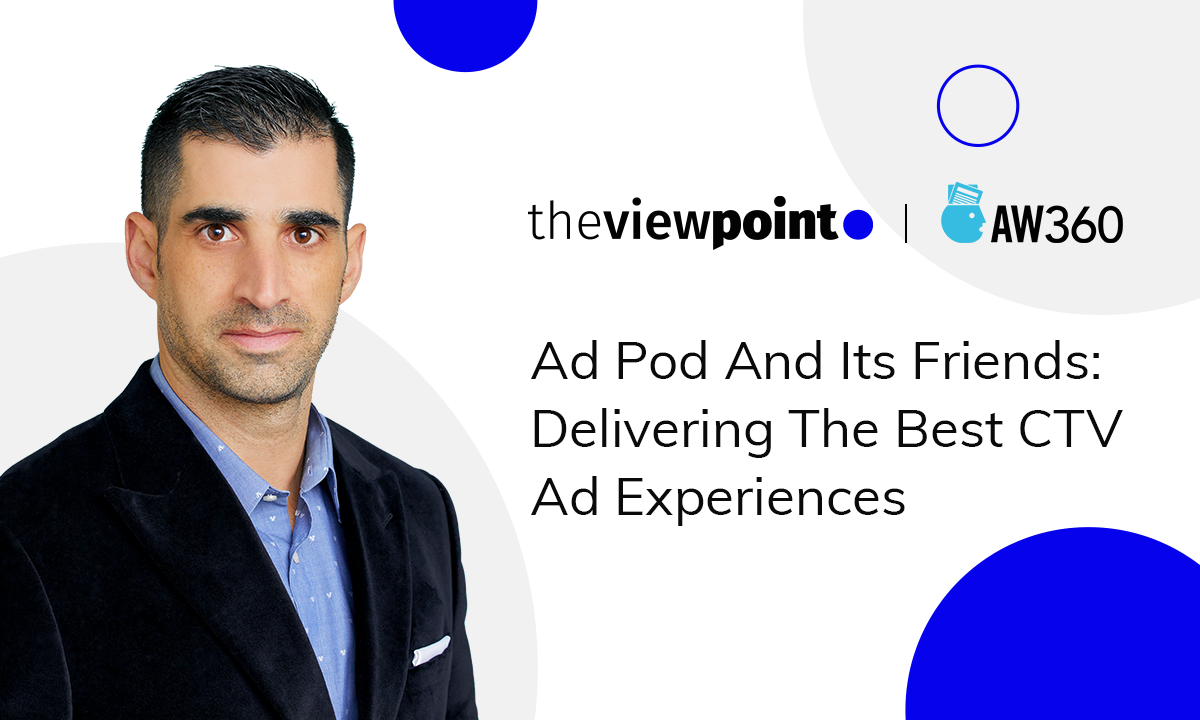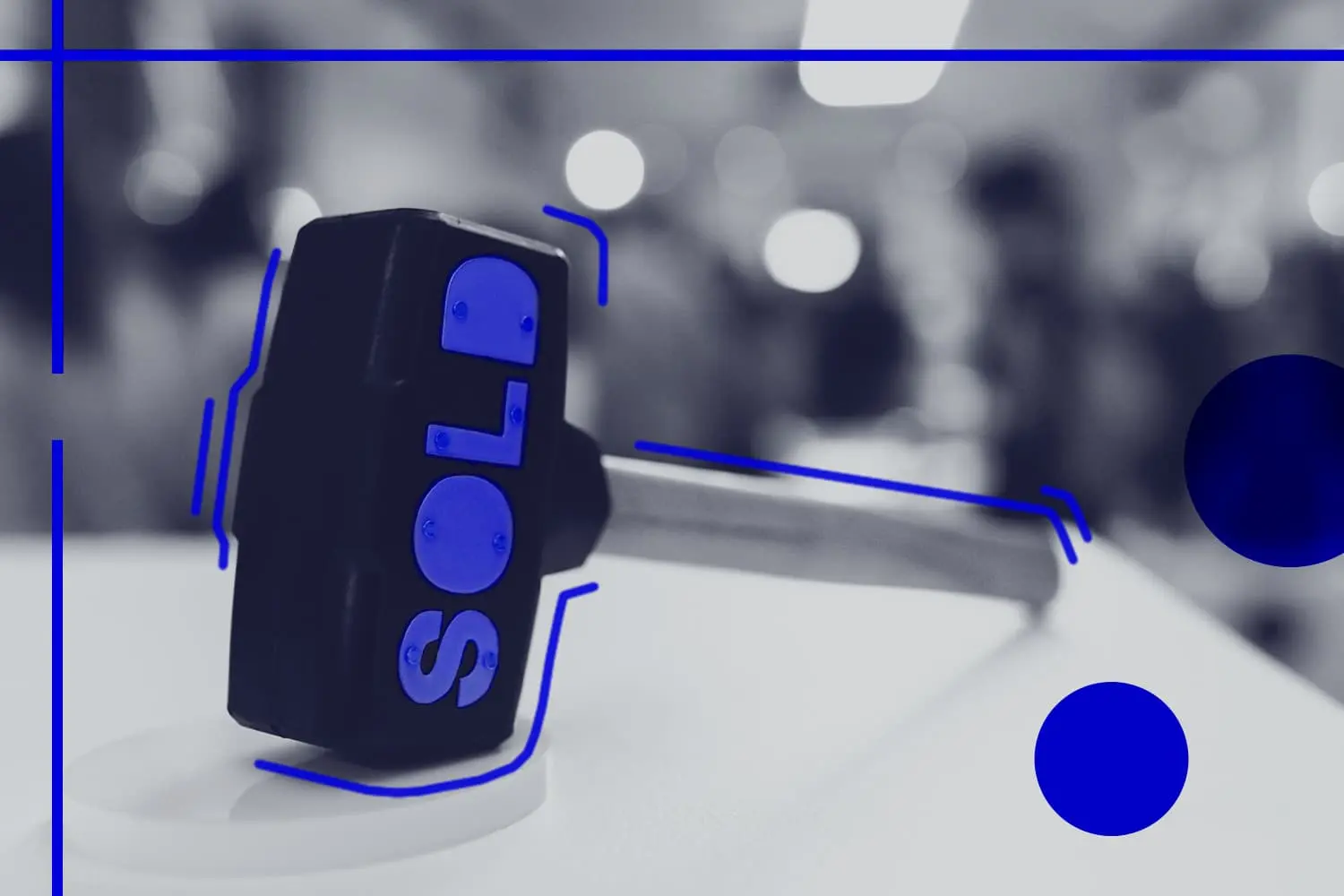
BVOD Advertising: One of the Smartest Choices in 2021
BVOD advertising, with the acronym standing for broadcast video on demand, is a remarkably lucrative market going into 2021. On-demand services have exploded in popularity due to the COVID-19 pandemic, and BVOD was no exception. These changes are becoming permanent as the pandemic keeps people inside their homes, meaning that demand for BVOD services will only continue to grow.
In the media industry awash with complicated terminology and jargon, the question is frequently asked: “what is BVOD?” or “what is BVOD’s definition?”. We’ve outlined the basics above, but we can go into greater detail about BVOD’s meaning and its attractiveness to consumers, and advertisers.
What is BVOD Exactly?
BVOD broadly refers to content created by conventional broadcast media that is subsequently made available online and on-demand. For example, the BBC’s iPlayer that is free to watch for viewers in the UK. iPlayer is also free from advertising due to it being a public broadcaster, but other BVOD platforms can place ads.
There are a number of related streaming formats to BVOD yet they all have their own upsides and downsides for publishers, advertisers and consumers. These include the following:
Subscription video on demand (SVOD). Content is paid for by the consumer via a subscription, usually one payment per month.
Advertising video on demand (AVOD). This is similar to BVOD as it represents a free service with adverts. However, AVOD’s definition casts a wider net and includes social media sites like YouTube, meaning the quality of content can vary widely.
Transactional video on demand (TVOD). This refers to one time transactions for content, like old school movie rental places, or pay-per-view broadcasts. One example is Google Play movies, where films can be rented out for a limited time digitally.
We covered all of these monetization models in detail in our recent blog post.
How to Benefit From BVOD Advertising?
As the content served by the BVOD is often of a higher calibre than other models, it can offer a very lucrative advertising base. One of the standout benefits is that unlike conventional broadcast models, BVOD advertising allows marketers to both specifically target ads at key groups and demographics, and also track their effectiveness. You can analyze who watched which ads, and customize them to boost their efficacy.
BVOD also enjoys higher prestige than other forms of VOD services, which can translate into considerable brand safety. Viewers are simply more likely to trust ads placed on platforms run by respected broadcasters, rather than on social media websites. This also means BVOD advertising will not end up being associated with inappropriate content by accident.
BVOD services are breathing new life into broadcast media and opening it up to new audiences. This means that BVOD advertising is in turn able to reach new demographics and consumers, cord-cutters and cord-nevers who otherwise would not have been reached by advertising on conventional broadcast media. As an uptake in on-demand services increases, this audience is only going to expand.
Takeaways
BVOD advertising is a very exciting opportunity for companies and individuals seeking to enter the connected television market. Huge potential audiences will be at your fingertips if you go into BVOD, and as you are able to track and alter your ads, making them cost-effective and profitable. The bottom line is pretty simple: If you want to generate advertising revenue via broadcasting in 2021 then BVOD is the method you should consider with both today and tomorrow in mind.
Related
Programmatic TV Tax Day is Not Just April 15. It's Every Day
This blog examines the significant "AdTech tax" in Connected TV advertising, advocating for Tatari's direct integration with publishers to bypass hidden fees, resulting in substantial cost savings and enhanced transparency.
Read more
Ad Pod And its Friends: Delivering the Best CTV Ad Experiences
Aiming to stand out from the crowd and surpass consumers’ expectations, CTV advertisers have to be allied with publishers and very savvy at applying innovative advertising techniques, like frequency capping, competitive ad separation, and deduplication. Though still raising a lot of eyebrows, these tools have already become the next big thing in the advertising world. So, before diving deep into the details of ad pod management, let’s take a sneak peek behind the scenes of modern CTV play.
Read more
Everything You Need to Know About Real-Time Bidding
As programmatic advertising is gaining momentum, RTB or real-time bidding comes in. In fact, most platforms in ad tech today are RTB enabled. But what does that actually mean? What is an RTB platform and why is it so important for digital marketers? Let’s get the answers to these questions and more.
Read more


